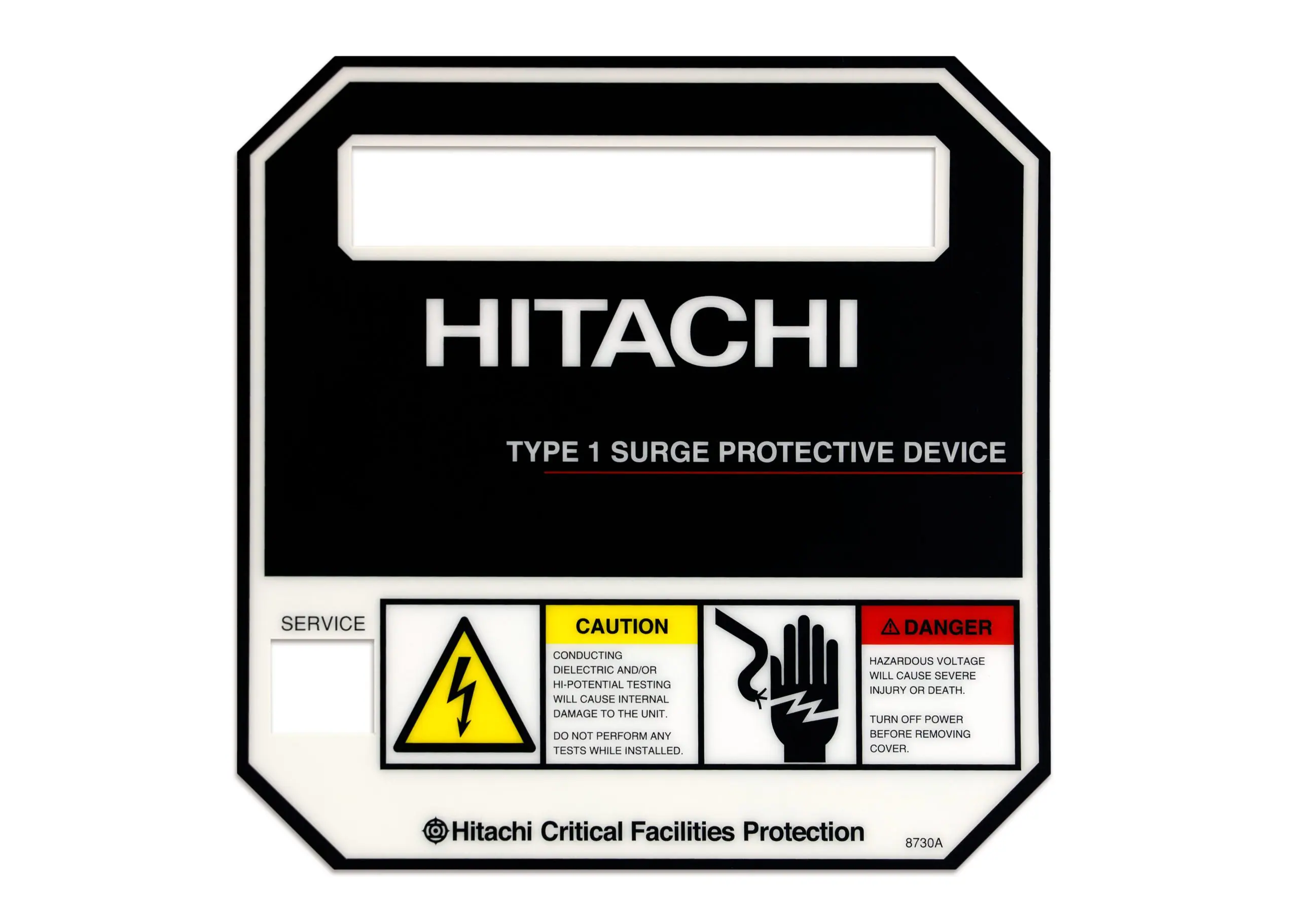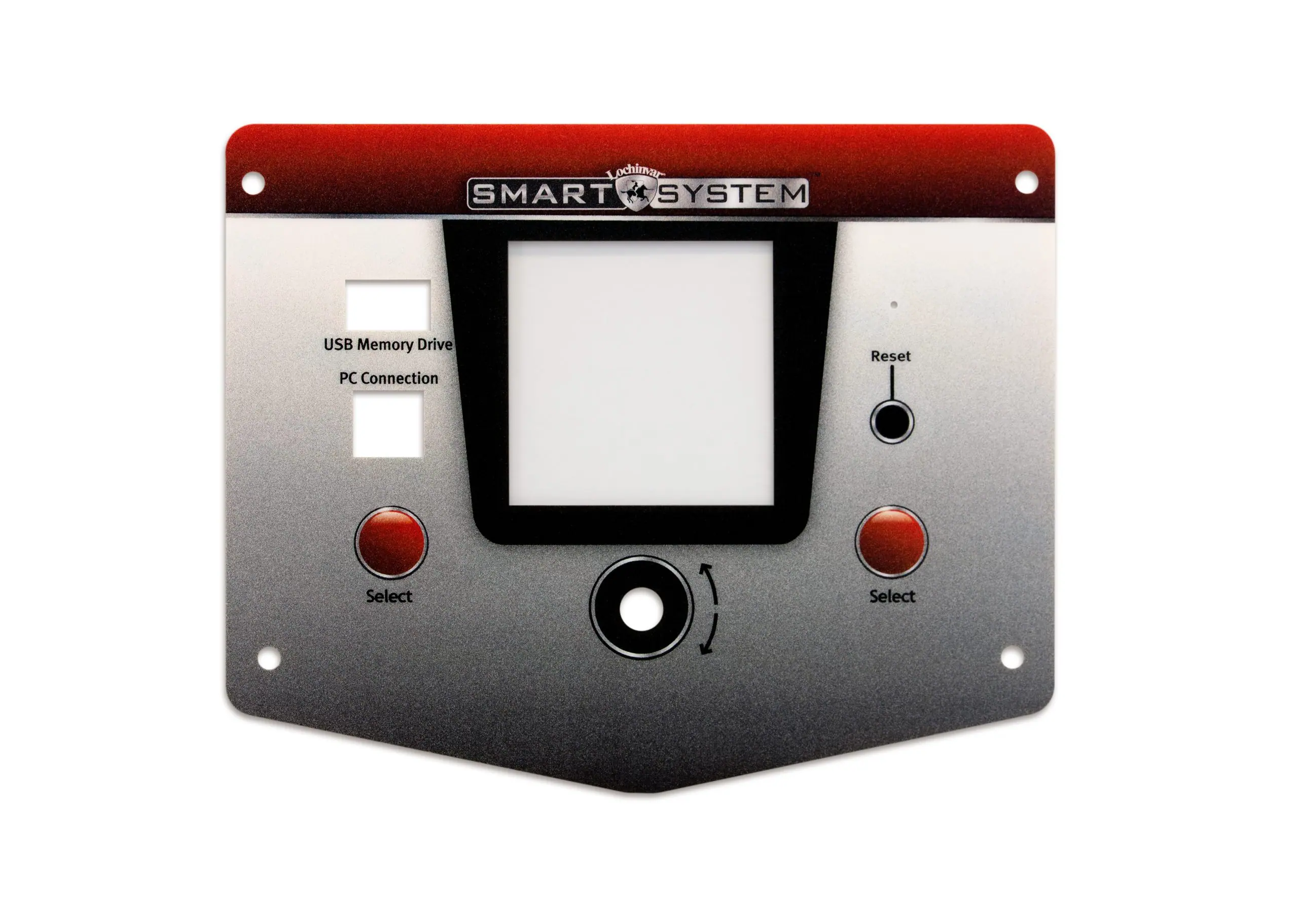The Duty of Graphic Overlays and Panels in Enhancing Customer Experience
Graphic panels and overlays work as essential components in digital user interfaces, substantially influencing individual experience via their capacity to improve navigating and offer contextual information. By establishing a visual pecking order and ensuring availability, these elements guide users seamlessly while preserving clarity. Their interactive features not only advertise interaction however likewise foster an even more instinctive communication with web content. Understanding the nuances behind their layout and implementation increases vital inquiries concerning their efficiency and potential restrictions, ultimately shaping just how we view user experience in an electronic landscape. What effects might this have for future interface design?
Interpretation of Graphic Overlays
Graphic overlays serve as vital elements in the realm of individual experience style, enhancing the interaction between users and digital user interfaces. These visual elements are superimposed on existing material to supply extra info, assist in navigating, or improve aesthetic appeal. Generally, graphic overlays can include text, symbols, buttons, and visual indications, every one of which play critical duties in directing individual actions.
The key function of graphic overlays is to develop interactive layers that improve functionality without overwhelming the user. By providing pertinent information contextually, overlays can simplify the customer journey, making it simpler to accessibility tools or attributes without navigating away from the primary material. They frequently use openness and layering strategies to preserve the visibility of underlying elements while guaranteeing that the overlay material remains noticeable.
Moreover, visuals overlays can be vibrant, responding to user activities such as clicks or hovers, which improves interaction. They are typically used in applications, websites, and numerous digital media to give feedback, tutorials, or alerts. In summary, visuals overlays are vital in improving user experience, blending performance with aesthetic design to produce user-friendly, interactive atmospheres.
Relevance of Visual Pecking Order
Visual power structure plays a significant function in leading customer focus and helping with reliable communication within visuals overlays and panels. By organizing components in a fashion that mirrors their loved one relevance, designers can guide individuals seamlessly with content, guaranteeing that critical info is conveniently easily accessible.
The establishment of aesthetic hierarchy is accomplished with numerous design techniques, such as size, color, contrast, and spatial setup. Larger elements normally attract interest, while contrasting colors can stress specific locations, making them stand out. Grouping relevant products with each other via proximity improves cognitive processing, permitting users to quickly comprehend the info provided.
Including a clear aesthetic pecking order not just enhances navigation yet additionally improves the overall user experience. Individuals can effectively translate and check content, lowering cognitive lots and reducing potential irritation. This organized strategy aids in developing a logical circulation, directing customers from main actions to second choices without overwhelming them.
Ultimately, a distinct visual power structure is vital for developing instinctive interfaces within graphic overlays and panels. It fosters a more interesting and user-centric experience, making sure that the layout efficiently connects its designated message while meeting user requirements.
Enhancing Readability and Access
To enhance readability and availability in graphic overlays and panels, developers need to prioritize readability and easy to use formats (Graphic Overlay and Panels). Key elements include font comparison, option, and dimension, every one of which significantly influence exactly how quickly individuals can understand details. Sans-serif font styles are typically favored for electronic user interfaces due to their tidy lines, adding to far better readability on displays

Additionally, organizing material via clear headings, subheadings, and bullet factors can enhance the user's ability to check information swiftly. This structured method allows users to absorb web content a lot more effectively, enhancing overall individual experience.
Incorporating alternative text for photos and considering screen visitor compatibility are vital for accessibility. By addressing these components, visuals overlays and panels can provide to a diverse target market, making sure that all individuals, no matter their abilities, can accessibility and engage with the information provided properly.
Interactive Features and Involvement
Integrating interactive features into graphic overlays and panels can substantially boost individual interaction and experience. By allowing customers to interact with visual elements, designers can produce an extra immersive atmosphere that urges exploration and individual link. Features such as sliders, clickable buttons, and computer animated symbols can transform fixed details right into vibrant content, making it possible for individuals to manipulate data and obtain prompt comments.
Moreover, interactive overlays can direct customers via complicated info, simplifying navigation and boosting retention. Tooltips and pop-up menus can provide contextual help, ensuring customers have the required information at their fingertips without overwhelming them. This customized approach helps accommodate varied individual demands and choices.
Integrating gamification aspects, such as development bars and benefits for communication, can better incentivize user engagement. By making the experience satisfying and satisfying, individuals are more probable to spend time and effort right into the user interface.
Inevitably, the assimilation of interactive functions in visuals overlays and panels not only boosts visual appeal however also cultivates a deeper connection in between the material and the individual, resulting in enhanced contentment and functionality.
Instance Researches and Instances
As developers seek to produce engaging customer experiences, analyzing instance researches and real-world instances ends up being important for recognizing the effectiveness of graphic overlays and panels. A leading economic establishment made use of graphic overlays to improve transaction processes, resulting in a 30% rise in customer complete satisfaction.
One more compelling example is discovered in the gaming sector, where overlays enhance immersion. A preferred gaming system integrated vibrant graphic overlays to display in-game data why not try here and player performance metrics, dramatically improving user involvement - Graphic Overlay and Panels. Players reported really feeling much more attached to the gameplay, with a 25% boost in session duration observed
Furthermore, e-commerce sites have actually leveraged visuals panels to showcase promos and item info properly. A distinguished online seller presented an overlay panel that highlighted limited-time deals, leading to a 40% boost in conversion rates.
These study illustrate that when attentively designed, graphic overlays and panels not just boost user experience yet likewise drive measurable business end results, verifying their value across various sectors. (Graphic Overlay and Panels)
Conclusion
To conclude, graphic overlays and panels considerably boost individual experience by supplying intuitive navigation and context within electronic user interfaces. Their strategic style, informed by principles of aesthetic pecking order, ensures that vital information is stressed while preserving accessibility and readability. Interactive functions foster individual engagement, resulting in much deeper connections with the material. Eventually, the thoughtful execution of these components leads to boosted individual contentment and enhanced overall use in electronic environments.

Comments on “Graphic Overlay and Panels-- Cutting-edge Design Solutions for Graphic Interfaces”